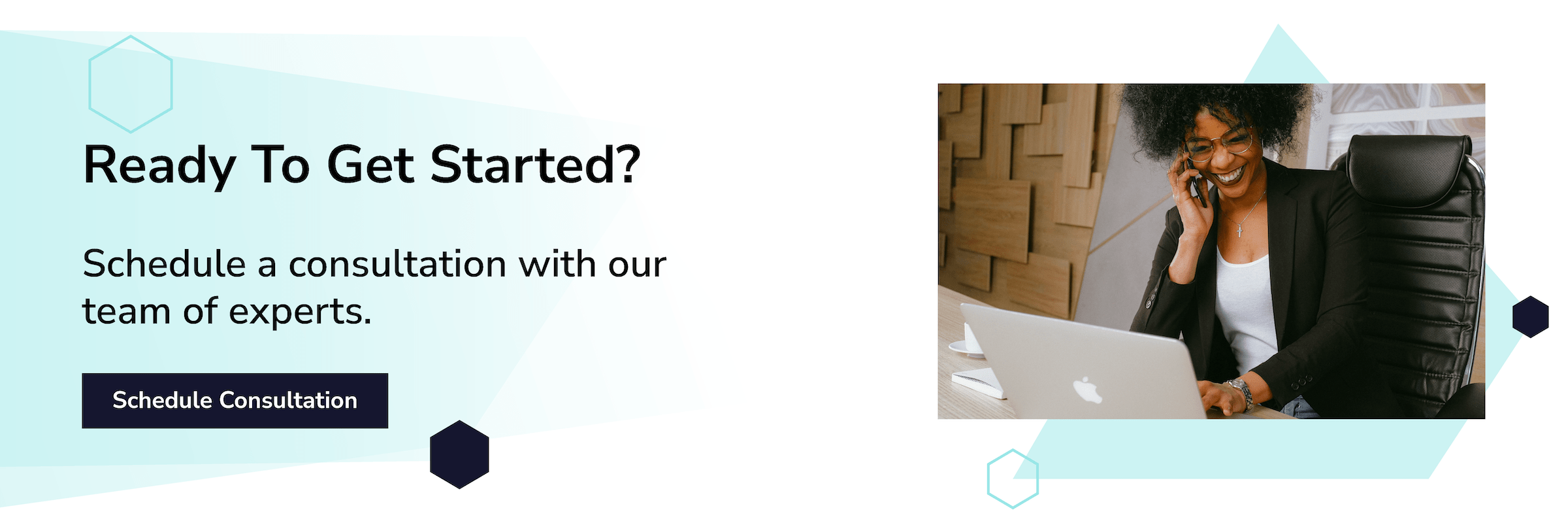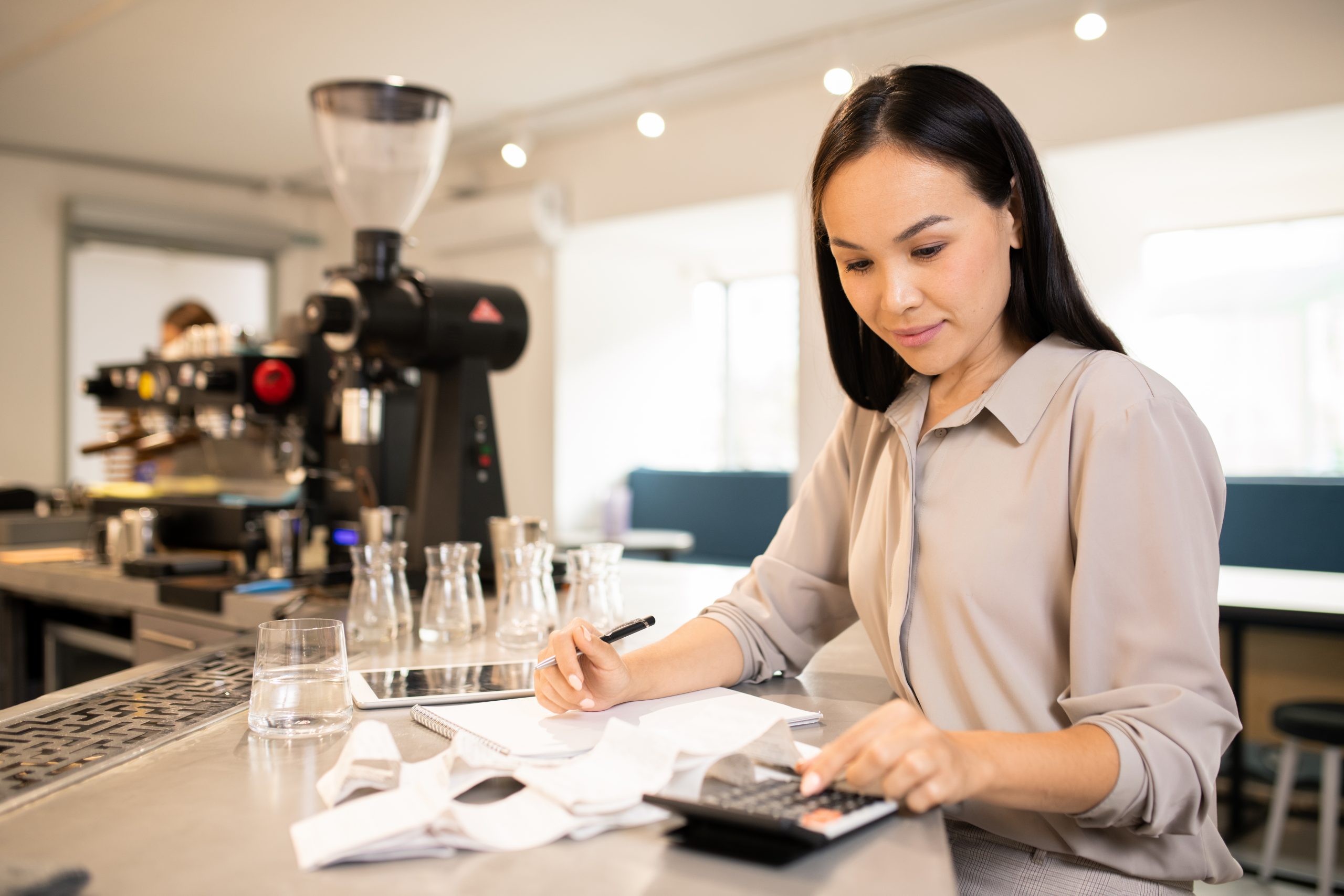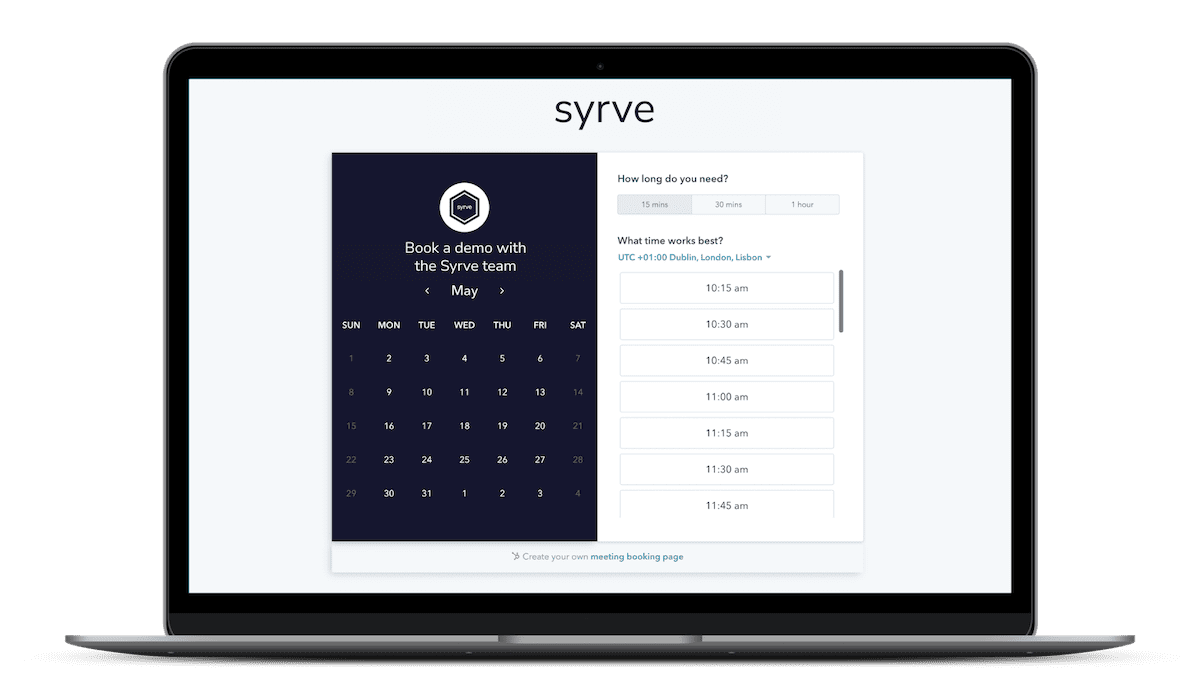Do you want to see the profit and loss position of your food & beverage (F&B) business — in real-time? Now it’s possible, without the blood, sweat and tears.
Back in 1936, the speaking clock telephone service was first introduced in the UK — finally settling a much-argued-about question: what’s the accurate time, right this second?
Since then, we’ve come a long way. Apps track our bank balances, locations, food intake, heart rate, sleep, car tyre pressure and how many miles of fuel we’ve got left.
In fact, virtually everything of value is measured with precision accuracy. And it’s all in real time.
So it seems bizarre that so many people running restaurants, cafes and bars find it so hard to check the heartbeat of their business — their profit and loss figures.
Why it’s important
Often referred to as the P&L, a profit and loss statement monitors your company’s financial health.
Successful businesses rely on trusted data to make key decisions. And a P&L will give you powerful insights.
As the title suggests, it shows whether you’re in the red or the black — and by how much. You’ll get a good idea about your financial position for that period, if it’s a good time to expand and hire more people, or if you need to address a costly problem within your business.
In order to understand how to increase the profitability of your restaurant, you need to first have a clear sense of how your restaurant is currently performing. How much are you spending on labor? How much does it cost you to create each of your menu items? Which menu items are the best and worst sellers? After considering your controllable costs like payroll and food costs, is there enough money to cover your overhead costs?
P&L statements will also keep your investors in the picture — and help you to pitch for an extra round of funding at different times in your business journey.
What’s included?
For restaurants, a P&L will usually have these components:
- A breakdown of your sales and revenue: These might include separate sections for food, drink, catering services, venue hire and any other income streams.
- A list of your costs of goods sold (COGS): This is about the money you spend on ingredients and other supplies.
- Labour costs: This covers your waiting staff, chefs, managers and any others in your team.
- Other costs of running your restaurant: This could include electricity, menu printing, rent and rates.
Subtract your costs from your revenue and you’ll know if there’s a profit.
But how easy is it to get the data you need for meaningful, trustworthy, real-time P&L statement?
So much to do, so little time
For many F&B businesses, getting their P&L is a waiting game – waiting for the accountant to finalise period end close. But running a fast-paced F&B operation needs access to up-to-date information and insights.
Equally, pulling together all the data you need for an accurate P&L can be a mind-numbing, energy-sapping task. So much so that it can be tempting to ‘wing it’ and go with instinct, guesswork or an array of some hopeful spreadsheets instead.
Traditionally, getting a P&L is about relying on stock takes, recipe accuracy, information from tills and the reconciliation of cash etc. all happening at once so you can get a point-in-time picture of what’s really happening. But there are so many moving parts to a business that never stands still — so it’s no wonder if this feat is only attempted once a quarter.
However, the right point-of-sale (POS) technology will give you instant, accurate P&L figures in real-time whenever you want — without all the grunt work.
How it works
With an advanced all-in-one POS (where the back-of-house (BoH) and front of house (FoH) is one platform and in sync in real-time) you can track your P&L every day and improve your performance too because you can spot factors that make the difference.
You can follow your sales and costs at any moment, all in one place — on your laptop or mobile, using data from the cloud. You can:
- View your inventory in real-time: Stock levels are easy to monitor, waste and inter-store transfers are logged, ordering is based on accurate sales predictions, and goods are receipted on the spot – all documents are entered in the system in real-time.
- See sales data instantly: Not only can you check each day’s revenue, but also identify your most profitable dishes and follow the performance of meal deals and other promotions.
- Monitor labour costs: A smart POS will predict busy periods, so you can schedule staff levels to match. You can also see all your employee costs in one place, whether you’ve got a single location or multiple outlets.
- Check running costs: A range of restaurant operating expenses can be factored in too.
The POS will crunch the numbers for you and deliver an accurate P&L. Any errors or issues can be addressed immediately, and the P&L will update on the fly. Again, this is only truly possible when the back-of-house (BoH) and front of house (FoH) is one platform and in sync in real-time.
Giving you extra
An advanced restaurant POS will help your business in other ways too. It’s built-in intelligence will allow you to predict your P&L accurately for months to come, based on sales and costs patterns.
By playing with the numbers, you can also simulate changes to your business and analyse ‘what-if’ scenarios. In other words, what would happen if you tried increasing/reducing staff, changing your supplier, menu or opening a new location? You can assess the impact on your P&L.
A leading POS will also make it far easier to align yourself with the UK government’s Making Tax Digital initiative.
In short, checking your P&L should be as easy as checking your bank balance or heart rate!



